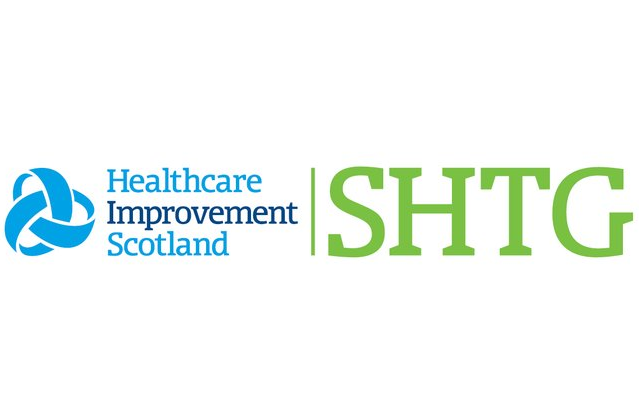Skip to main content
Announcements and latest updates
- The two VCT systems currently available for use in NHSScotland are CONTRAfluranTM (manufactured by ZEOSYS), and SID-Dock (manufactured by SageTech Medical). We identified four studies that evaluated how well VCTs work in capturing volatile anaesthetic gases. All studies were small and preliminary in design and were described in letters that had been submitted to journals.
- Two UK-based bench studies (that is, studies that did not involve patients) both reported that the SID-Dock system captured approximately 95% of available volatile anaesthetic gases.
- Two studies were conducted with patients. One, conducted in Germany (n=80), evaluated CONTRAfluranTM and reported a capture efficiency of 25%. The other, conducted in the UK (n=50), evaluated SID-Dock and reported a capture efficiency of 51%.
- SageTech Medical submitted an unpublished life-cycle assessment for our consideration. Their analysis suggested that the use of the SID-Dock system could reduce the total carbon impact from volatile gas emissions from a hospital by 57%. The model assumes that implementation of the VCT system would allow volatile gases to be recycled. At this moment, there is no established process for recycling volatile anaesthetic gases in the UK, nor is there regulatory approval for the reuse of recycled gases. This limits the applicability of the model to NHSScotland.
- A small study (n=32) conducted within NHS Lothian reported that staff attitudes towards use of the CONTRAfluranTM system were favourable overall. The majority of respondents said that they found the technology easy to use and that it did not significantly increase workload.
- No economic evaluations of VCTs were identified. We were not able to obtain the information required to develop our own economic model (for example, technology costs were not available) and so it was not possible for us to assess the cost effectiveness of VCTs compared with current practice from the perspective of NHSScotland.
- Reducing the environmental impact of the volatile anaesthetic gases (desflurane, isoflurane and sevoflurane) is a key priority for Scottish Government. Various measures have already been taken across NHSScotland, most importantly the decommissioning of desflurane in March 2023. Desflurane is reported to be the most polluting of the three volatile anaesthetic gases.
- Total intravenous anaesthesia (TIVA) has been highlighted as a way to reduce the amount of volatile anaesthetic gases that are used. It cannot be assumed that TIVA is the ‘greener’ option and TIVA should be subject to the same level of environmental scrutiny as volatile anaesthetic gases. In preparing this report, we asked our peer reviewers (mostly anaesthetists) the extent to which they felt TIVA could replace volatile anaesthetic gases. While several respondents agreed that the use of TIVA would probably increase over coming years, no one felt that it could (or should) be used in all general anaesthesia cases.
- Before measures are taken to capture, recycle and reuse volatile anaesthetic gases, the topic experts we consulted highlighted the importance of reducing the volume of gases that are used in the first place, for example, by enabling the use of low fresh gas flows.
- The existing evidence is not sufficient to support the purchase and installation of VCTs in NHSScotland. Important uncertainties remain around:
- the capture efficiencies of VCTs in real-life settings
- whether VCTs offer net environmental benefits over and above the mitigation measures already implemented to reduce release of volatile anaesthetic gases into the atmosphere (for example, the decommissioning of desflurane)
- possible changes in the types of anaesthesia that are administered in NHSScotland, in particular whether TIVA is going to be used more widely
- how TIVA compares with volatile anaesthetic gases in terms of environmental impact and patient outcomes
- the extent to which volatile anaesthetic gases contribute to climate change at the concentrations used currently
- the process for recycling the volatile gases, and whether this will be regulated and implementable in NHSScotland.

